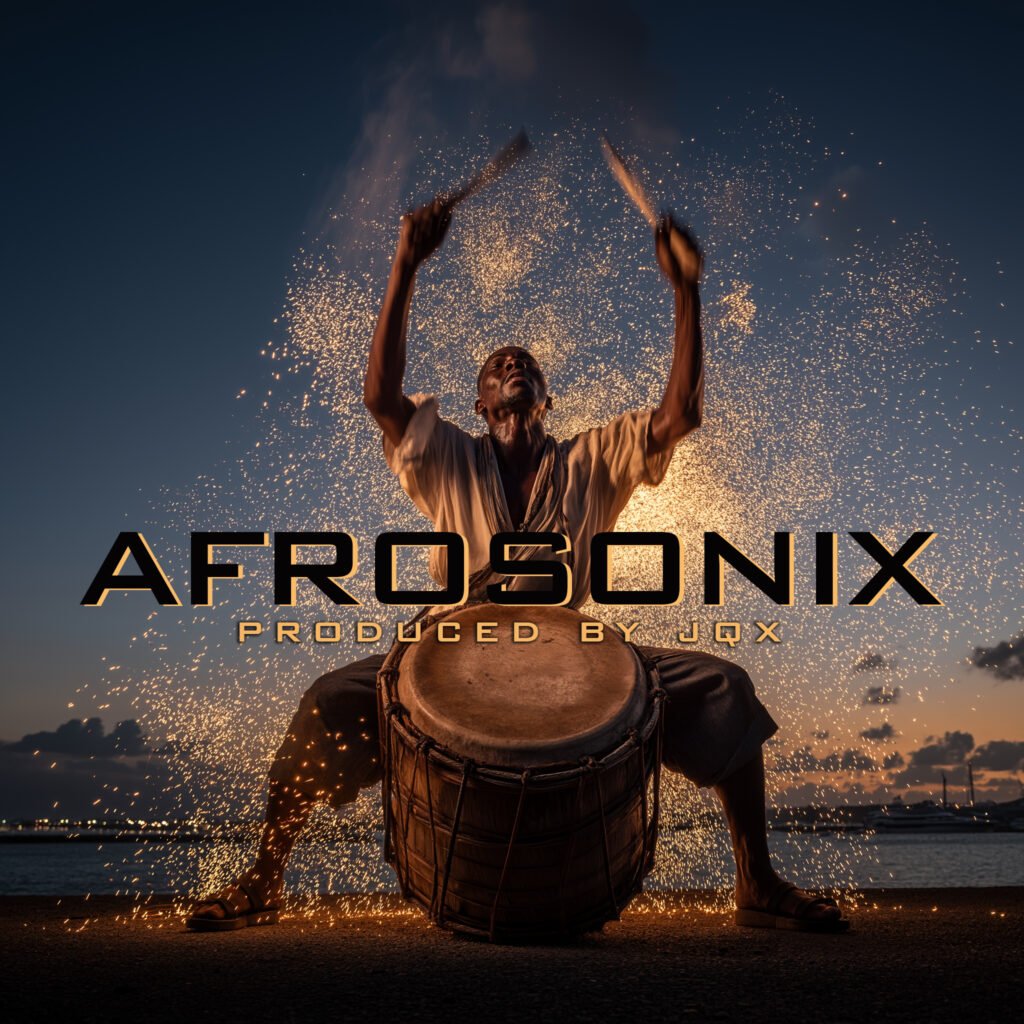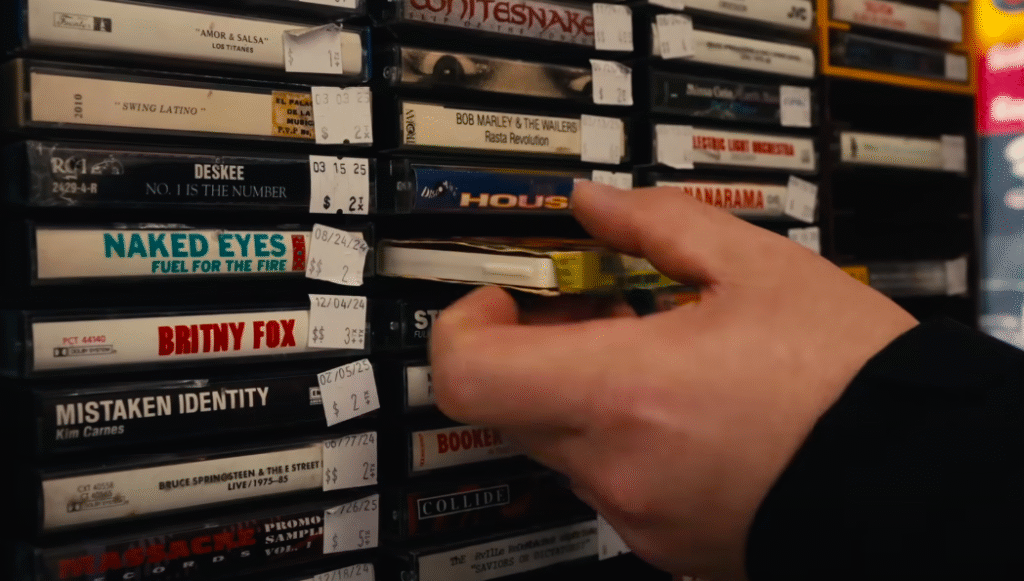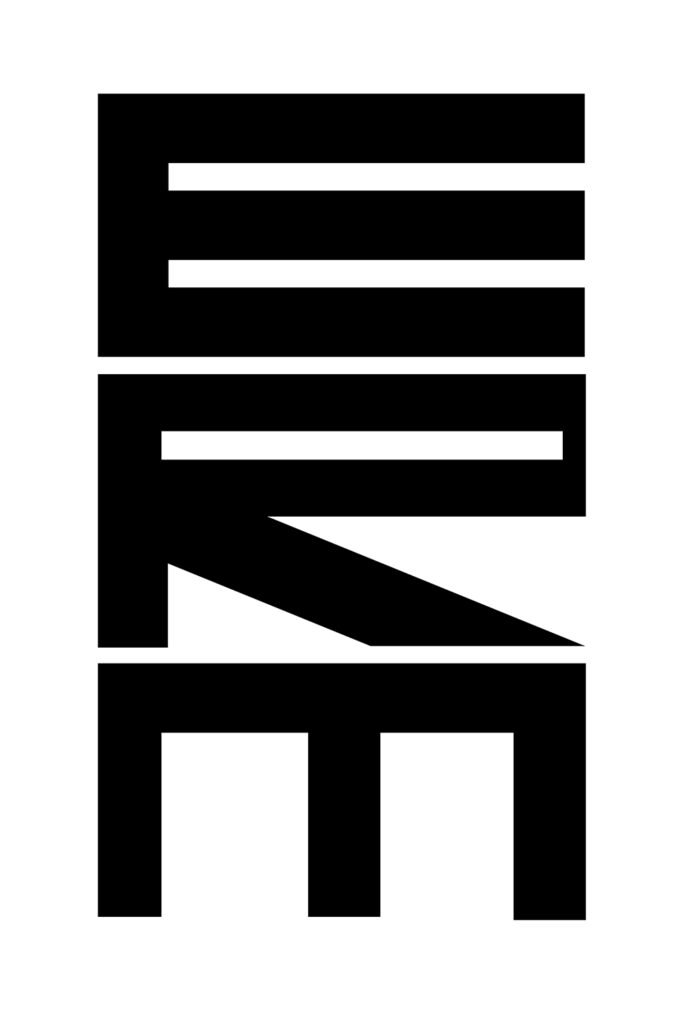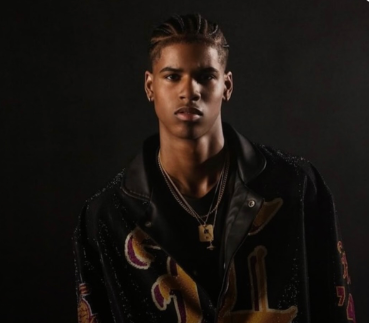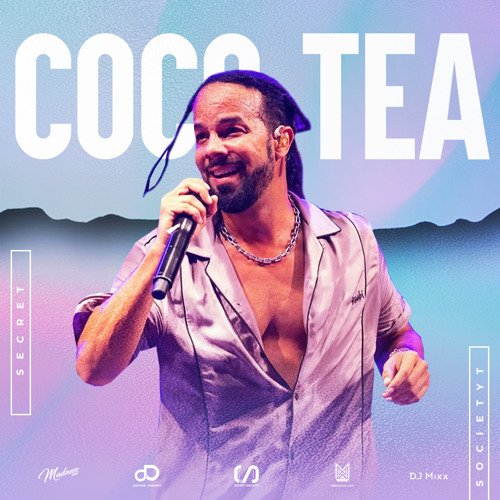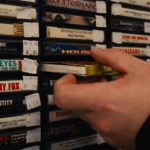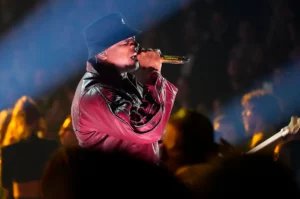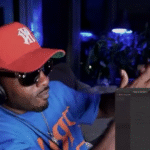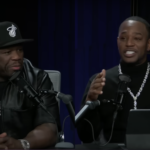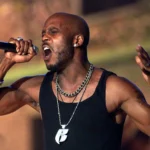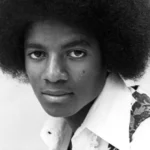Now Reading: Marian Croak: The Visionary Engineer Who Made Modern Communication Possible
-
01
Marian Croak: The Visionary Engineer Who Made Modern Communication Possible
Marian Croak: The Visionary Engineer Who Made Modern Communication Possible
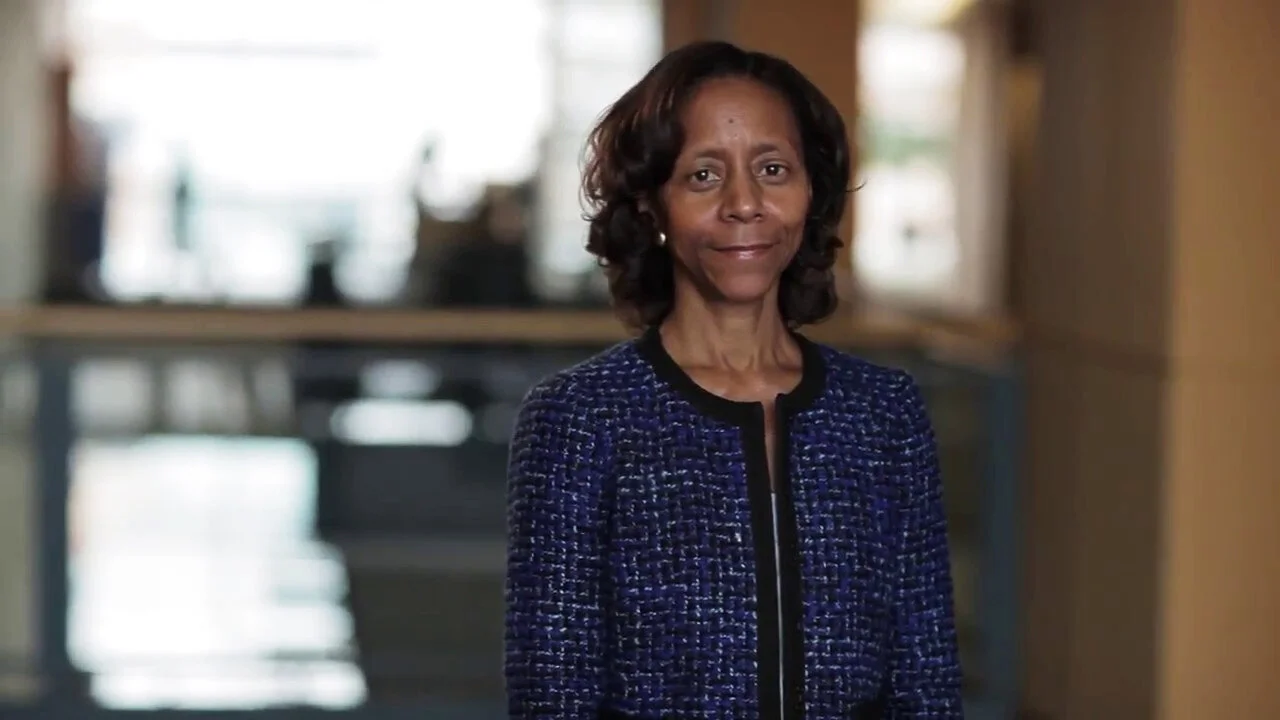
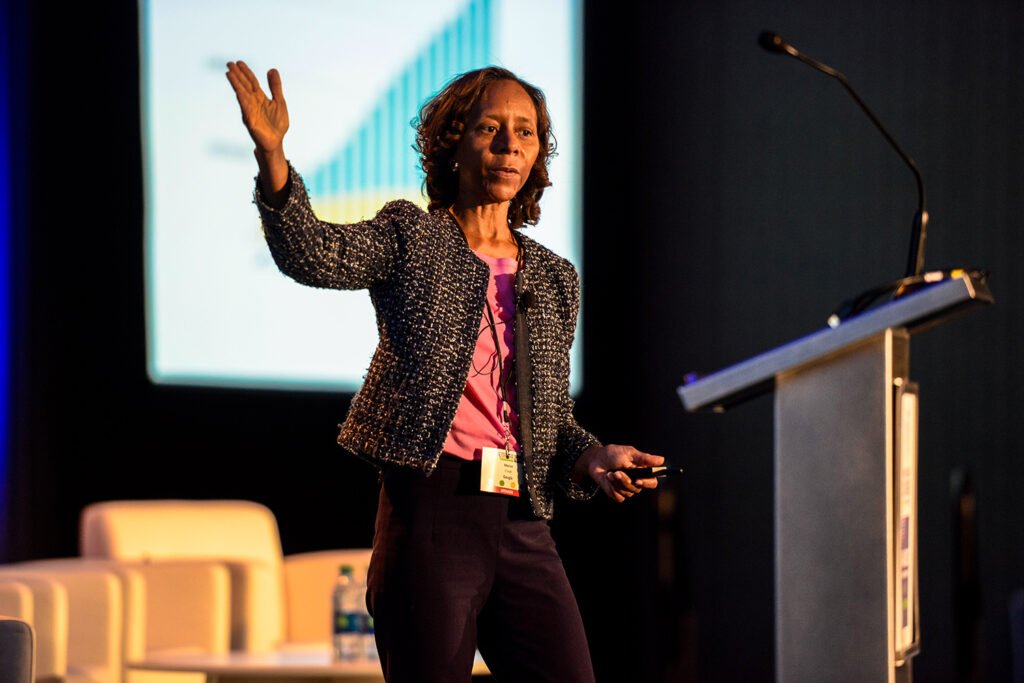
Every time we hop on a Zoom call, FaceTime with family, or send a quick voice message through WhatsApp, we’re using technology built on the innovations of Marian Croak — a pioneering engineer whose work has quietly shaped the way the world connects.
The Mind Behind Modern Connectivity
Marian Croak’s contributions to technology go far beyond a single app or platform. She is one of the key figures behind Voice over Internet Protocol (VoIP) — the technology that allows voice and video data to travel seamlessly over the internet.
Thanks to VoIP, we can make phone calls, stream live video, and hold virtual meetings with people across the globe, all with the tap of a button. This breakthrough has transformed how we work, learn, and stay in touch, especially in a digital era where remote communication has become essential.
A Legacy Written in Over 200 Patents
Marian’s impact is measurable not just in products, but in patents. She holds more than 200 patents spanning voice and video technologies, making her one of the most prolific inventors in the field. Her forward-thinking approach has laid the foundation for countless platforms, from corporate video conferencing tools to personal messaging apps we use daily.
Honoring a Trailblazer
In recognition of her extraordinary achievements, Marian Croak was inducted into the National Inventors Hall of Fame — a rare honor that cements her status among the most influential innovators in modern history. This milestone not only celebrates her technical brilliance but also her role as a trailblazer for women and people of color in STEM fields.
A Lasting Impact
Marian’s work continues to power the digital infrastructure that connects billions of people. Whether it’s a business meeting between continents or a video call between loved ones, her inventions are at the heart of it all.
Her story is a powerful reminder that some of the most transformative innovations happen behind the scenes, driven by visionaries whose names deserve to be known as widely as the technologies they’ve created.
Inspiring the Next Generation
Beyond her technical contributions, Marian Croak’s journey serves as an inspiration to future engineers, inventors, and dreamers. Her legacy shows that innovation is not only about changing technology—it’s about changing lives.




